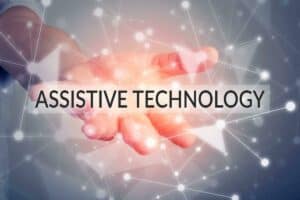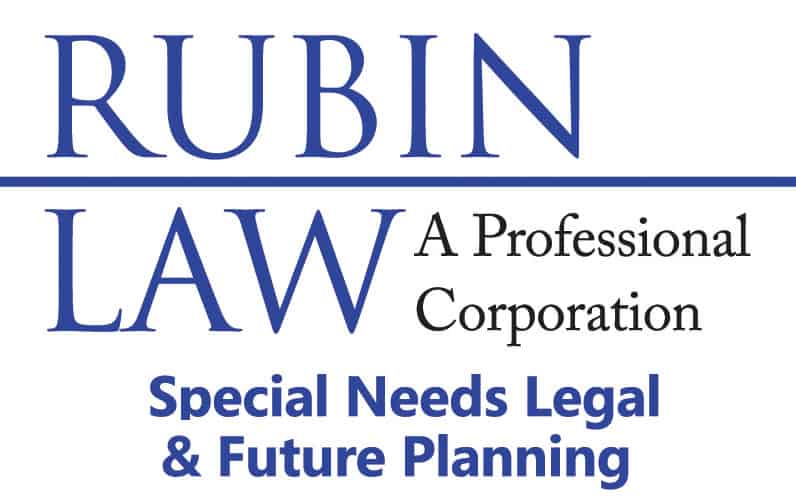
As the parent of a child with special needs, you know how important it is to advocate for your child’s education. The Individuals with Disabilities Education Act (IDEA) is an instrumental piece of legislation that helps protect the rights of children with special needs in school. However, families of children with special needs often must fight to get their children the accommodations and assistance they need to succeed in school, including access to assistive technology (AT).
In January 2024, the U.S. Department of Education released a guidance document entitled “Myths and Facts Surrounding Assistive Technology Devices and Services.” This document aims to increase parents’ and educators’ understanding of IDEA’s AT requirements and provide examples of the use of AT devices and services for children with disabilities in the school setting.
Understanding Assistive Technology Devices and Services
According to the U.S. Department of Education, an AT device is “any item, piece of equipment, or product system, whether acquired commercially off the shelf, modified, or customized, that is used to increase, maintain, or improve functional capabilities of an infant, toddler or child with a disability.” AT services refer to “any service that directly assists an infant, toddler or child with a disability in the selection, acquisition, or use of an AT device.” These services may include evaluating children with disabilities, acquiring AT devices for children with disabilities, and coordinating other therapies and programs to utilize AT devices. AT services also may include training and technical assistance with using AT devices for children with disabilities and/or their families, and for professionals and other individuals who provide services to children with disabilities.
Assistive Technology Requirements and IEPS Under PART B of the IDEA
Each time an Individualized Education Program (IEP) Team develops, reviews, or revises a child’s IEP, the IEP Team must consider whether the child requires AT devices and/or services to receive a free and appropriate public education (FAPE). If the IEP Team determines that AT devices and/or services are necessary to provide a FAPE for the child, then the local educational agency (LEA) must provide and fully fund them and include them as part of the IEP. It is the responsibility of the LEA to ensure that the child, parents, and educators know how an AT device works through the provision of AT services.
Furthermore, the IEP Team should consider including AT devices and services in the child’s transition plan, which is part of the first IEP after the child turns 16. The Elementary and Secondary Education Act (ESEA) also requires that states provide appropriate accommodations, including AT devices for students with disabilities, as part of their State assessments.
Types of Assistive Technology Devices
Parents should also remember that not all AT devices are high-tech electronic devices. Visual calendars, binder clips, pencil grips, and squishy balls can be considered AT devices, along with calculators, audiobooks, and voice recognition software. AT devices may be appropriate and should be considered for children with all types of disabilities. They should be tailored to each child’s needs.
A child’s AT device should be available at school and in their nonacademic and extracurricular activities. The IDEA also states that LEA-purchased AT may be used at home and other locations by the child if the IEP Team deems it necessary to provide FAPE to the child. For example, if a child needs a communicative device, then the child is just as likely to need that device at home as at school.
The IDEA does not require that the LEA conduct an AT evaluation before providing an AT device and service to a child, although it can be conducted as an AT service. However, every state has a state or territory AT program that can provide device demonstrations and loans to LEAs to evaluate an AT device’s effectiveness before they purchase it.
Assistive Technology Requirements Under Part C of the IDEA
AT devices and services as early intervention services under Part C of the IDEA can support infants, toddlers, and their families. These devices, which can vary from low-tech to high-tech, can help meet the developmental needs of infants and toddlers with disabilities.
Early intervention service providers (EIS providers) must hold a transition conference at least 90 days before a toddler’s third birthday to discuss any special education, related services, and supplementary aids and services that the toddler may receive from an LEA, such as through an IEP if they believe that the toddler may be eligible for special education or related services. AT devices and services must be considered during this transition conference, regardless of whether the toddler currently receives AT services.
Call Rubin Law Today to See How We Can Help
Rubin Law is the only Illinois law firm to dedicate itself exclusively to providing compassionate legal services for children and adults with special needs. We offer unique legal and future planning techniques to meet your family’s individual needs.
Call us today at 866-TO-RUBIN or email us at email@rubinlaw.com to learn more about the services we can offer you and your family.



